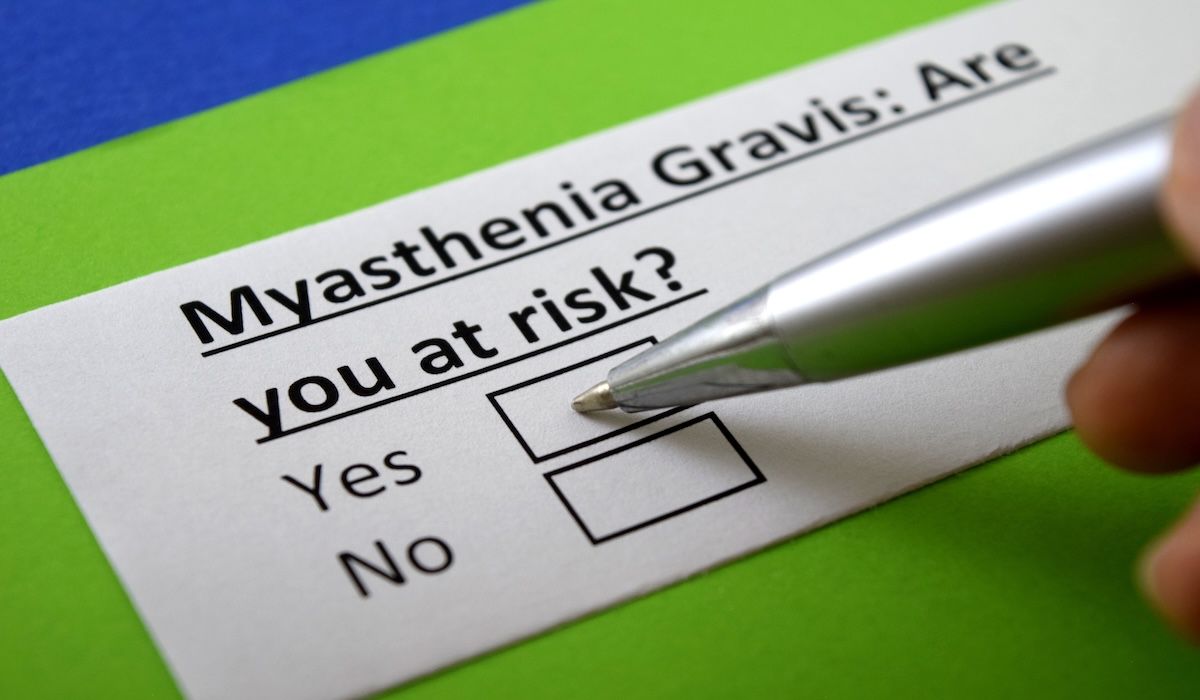Article
Healthcare Spending Driven by Price, Not Utilization: JAMA Study
Author(s):
The authors write that an emphasis must be put on constraining drug prices and administrative costs if the United States desires to bring healthcare spending more in line with other countries, which not only spend less but have better health outcomes. The report found that the differences were driven mainly by prices for labor and goods, including physician and hospital services, pharmaceuticals, diagnostic tests, devices, and administrative costs.
A new study from the Journal of the American Medical Association says an emphasis must be put on constraining drug prices and administrative costs if the United States desires to bring healthcare spending more in line with other countries, which not only spend less but have better health outcomes. The report found that the differences were driven mainly by prices for labor and goods, including physician and hospital services, pharmaceuticals, diagnostic tests, devices, and administrative costs.
However, the US population does not appear to use care more than other countries, which is why healthcare reform efforts aimed at utilization alone are unlikely to have an impact on spending, the authors said.
Researchers compared data from 2013-2016, looking at 10 high-income countries (United Kingdom, Canada, Germany, Australia, Japan, Sweden, France, the Netherlands, Switzerland, and Denmark) in comparison to the United States.
Compared to those countries, the United States:
- Spent 17.8% of its gross domestic product (GDP) on health in 2016; other countries ranged from 9.6% to 12.4%
- Spent more to plan, regulate and manage health systems and services. Administrative care costs accounted for 8% vs a range of 1% to 3% elsewhere
- Had higher per capita pharmaceutical costs. Among the 11 countries, the United States had the highest drug spending per capita at $1443, with Switzerland following at $939 and a mean of $749 for all 11 countries.
- Paid higher salaries to physicians and nurses; for example, US physician salaries were $218,173, compared with a range of $86,607 to $154,126
Other findings included:
- Life expectancy: The United States ranked last at 78.8 years, compared to a mean of 81.7 years across all 11 countries
- Infant mortality: The United States ranked first at 5.8 deaths per 1000 live births in the US vs 3.6 per 1000 for all 11 countries
- Health insurance: The proportion of the US population with health insurance was 90%, compared to 99%-100% elsewhere
- Smoking rates: The United States ranked second lowest of the countries at 11.4%, compared to a mean of all 11 countries of 16.6%
- Obesity: The United States ranked first in adults overweight or obese at 70.1%, compared to a total mean of 55.6%
Contrary to other common beliefs about high US healthcare spending, these data suggest that the following, in fact, did not seem to influence spending: an underinvestment in social programs, the low primary care/specialist mix, a fee-for-service system, or preventive medicine leading to overutilization.
This analysis also showed that US spending on social determinants of health appears to be similar to that in other countries.
However, spending was higher on procedures; for example, a US coronary artery bypass graft surgery cost $75,345, vs $15,742 in the Netherlands; a US computed tomography scan cost $896 per scan vs $97 in Canada.
Reference
Papanicolas I, Woskie LR, Jha AK. Health care spending in the United States and other high-income countries. JAMA. 2018;319(10):1024-1039. doi:10.1001/jama.2018.1150.
Newsletter
Stay ahead of policy, cost, and value—subscribe to AJMC for expert insights at the intersection of clinical care and health economics.




